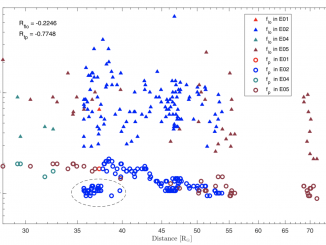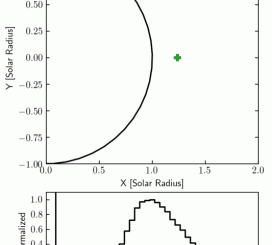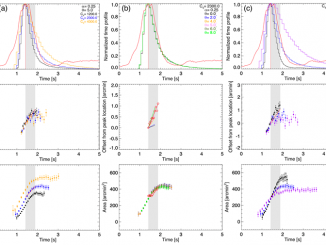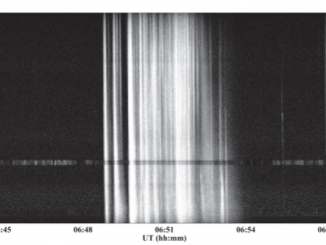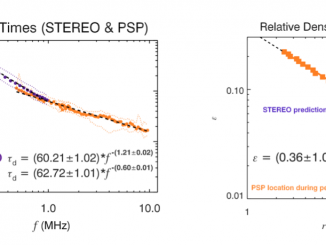Statistics of Low Frequency Cutoffs for Type III Radio Bursts Observed by Parker Solar Probe during Its Encounters 1–5 by Bing Ma et al
Interplanetary (IP) type III radio bursts are deemed to generate in the interplanetary space because of their lower emission frequency ($0.01 – 10$ MHz) in terms of plasma emission. However, using the electron cyclotron maser emission (ECME), Wu et al. (2004) presented that IP type III radio bursts may generate in the low corona. The low frequency cutoffs is an important parameter to research the generation mechanism of type III […]

